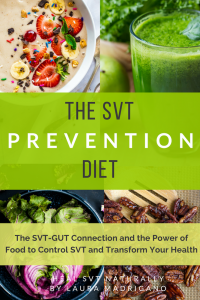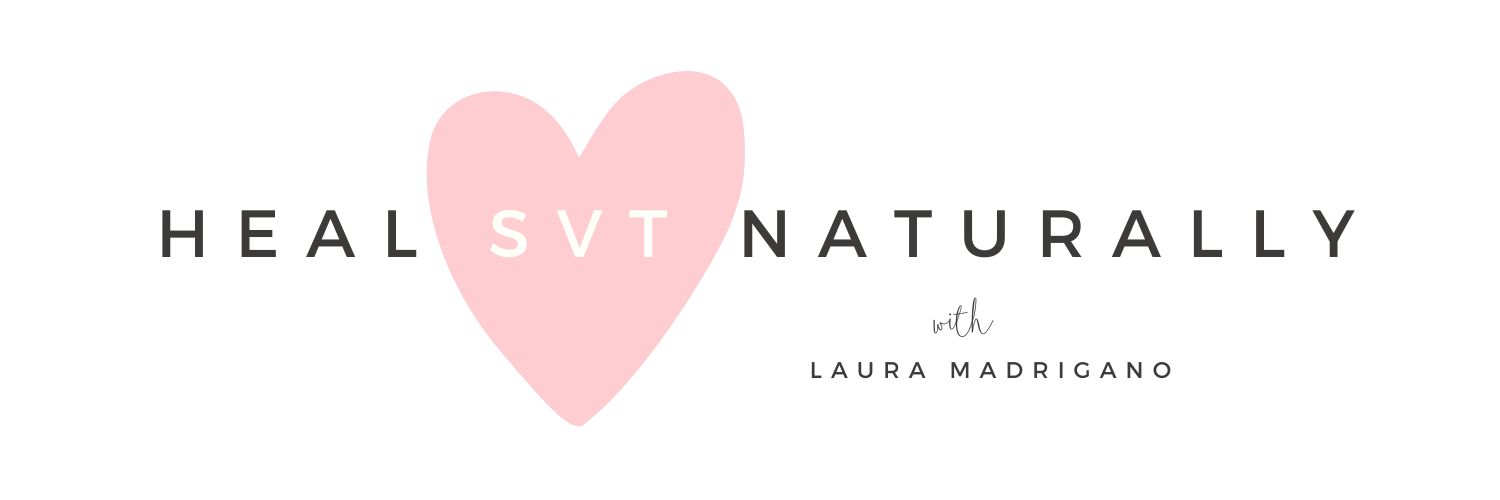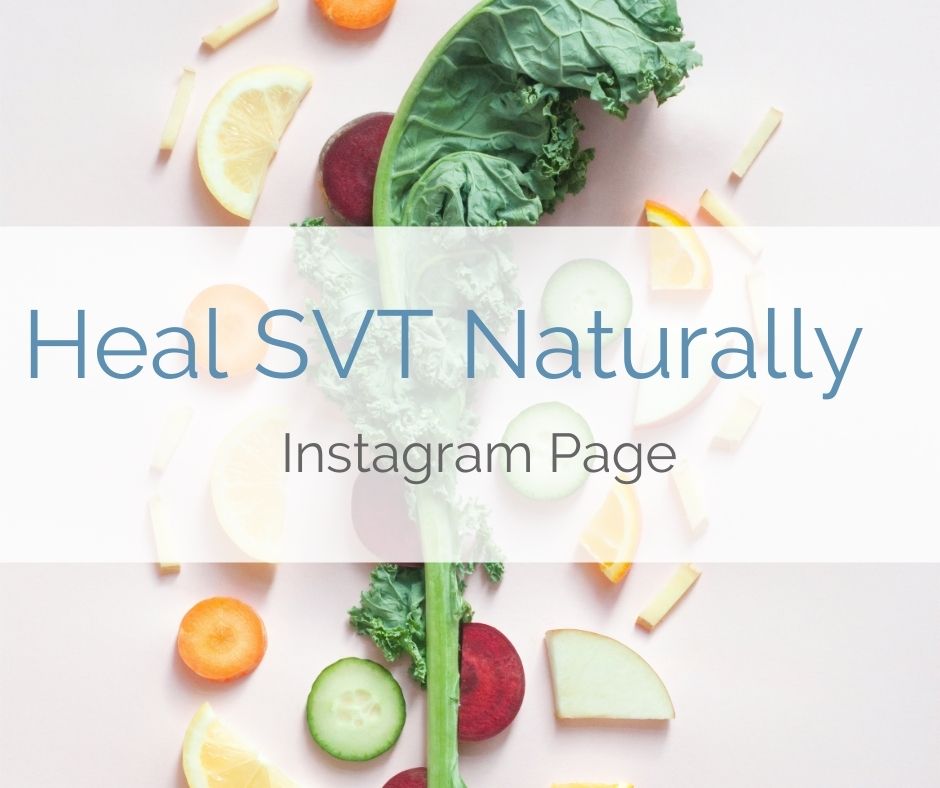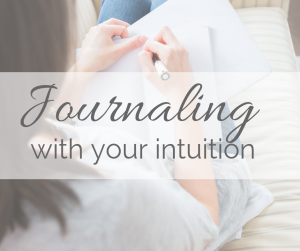Lower Your Pesticide Intake and Prevent SVT Using the Clean Fifteen
Adding more nutrient-dense fruits and vegetables to your diet is central to the Heal SVT Naturally approach. But, so is removing toxinslike agricultural pesticides from your body and environment. Still, most families worry that buying all organic will get too expensive.
This week, I’m here to say that you definitely DON’T have to break your budget to improve your health and prevent SVT.
Thanks to a nonprofit known as the Environmental Working Group (EWG), we can use the Dirty Dozen™ and Clean Fifteen™ lists to help us make the best decisionsabout buying organic produce.
Each year, EWG publishes a list of the twelve produce items with the highest pesticide risk, which they’ve named the Dirty Dozen™. They also have a list of the fifteen produce items with the lowest risk known as the Clean Fifteen™.The complete 2018 list includes a total of 48 produce items, so you can ultimately check almost any type of produce you are interested in to see where it falls on the spectrum.
To create these lists each year, the EWG collects data from the USDA and the Food and Drug Administration, measuring:
- Percent of samples tested with detectable pesticides
- Percent of samples with two or more detectable pesticides
- Average number of pesticides found on a single sample
- Average amount of pesticides found, measured in parts per million
- Maximum number of pesticides found on a single sample
- Total number of pesticides found on the crop
Rather than going “all in” with organics, you can start by buying organic versions of only the most pesticide-laden crops, including those that show the highest quantities of pesticide residue as well as those with the most different types of pesticides.
The value of the Dirty Dozen™ and Clean Fifteen™ lists is that they make us aware of the most important fruits and vegetables to avoid buying conventionallyand the ones we don’t necessarily have to purchase organically.This is how to save money while shopping AND ingest the least amount of pesticides at the same time.
One way to apply these lists is to check your favorite SVT prevention food like bananas or avocados to see which category they fall under and make your buying decisions based on this information. A full list is available on the EWG website.
For example, in 2018, bananas were ranked #30 out of 48 produce items, making non-organic bananas a pretty safe bet. So, you can save money by buying conventionally-grown bananas and instead spend that money on organic strawberries and blueberriessince those are ranked #1 and #16, respectively.
The organization also publishes updates throughout the year to help you protect your family against exposure to the most damaging toxins. Additionally, EWG recommends always washing produce thoroughly to reduce pesticide residues even further.
You can download both lists from the EWG website here. You can also download EWG’s Healthy Living Appto access ratings for over 120,000 foods and personal care products while your stroll through the grocery store or shop online. I find this app extremely useful while shopping, since it’s so easy to open the app and search the list for a specific produce item while making decisions right in the store.
The Dirty Dozen™ for 2018 are:
- Strawberries
- Spinach
- Nectarines
- Apples
- Grapes
- Peaches
- Cherries
- Pears
- Tomatoes
- Celery
- Potatoes
- Sweet Bell Pepper
The Clean Fifteen™ for 2018 are:
- Avocados
- Sweet Corn
- Pineapples
- Cabbages
- Onions
- Sweet Peas
- Papayas
- Asparagus
- Mangoes
- Eggplants
- Honeydew Melons
- Kiwis
- Cantaloupes
- Cauliflower
- Broccoli
A full list of the EWG’s produce testing is available through their 2018 Shopper’s Guide to Pesticides in Produce.
It’s very important to keep the toxic burden on your body as low as possible when you are trying to prevent SVT. (I have a whole section on Body Burden in my upcoming e-guide, The SVT Prevention Diet due out la te Spring 2018). So, just begin by making the best organic decisions you can with the budget you have and by utilizing this amazing resource to help steer your buying decisions.
te Spring 2018). So, just begin by making the best organic decisions you can with the budget you have and by utilizing this amazing resource to help steer your buying decisions.
To learn exactly what to eat and what to avoid to PREVENT SVT, get The SVT Prevention Diet E-guide HERE
Please comment with any questions below and I always will get back to you and be sure to get on my email list for all the latest news HERE
Love Laura
Your SVT Prevention Coach
More Heal SVT Naturally RESOURCES for You:
- Get my TOP TEN TIPS to HEAL SVT NATURALLY free e-guide when you sign up for my email list for FREE HERE
- Join The Heal SVT Naturally Private Facebook Group HERE
- Get Heal SVT Naturally THE BASICS HERE
- Get The SVT Prevention Diet E-book HERE
- Download the Heal SVT Naturally E-books a HERE
- Please comment below with any questions. I LOVE to hear from you and try to answer as many q’s as possible!
I hope this info was helpful for you! Let me know
Love Laura
Your SVT Health CoachSVT hea
Article References
Environmental Working Group. “EWG’s 2018 Shopper’s Guide to Pesticides in Produce.” https://www.ewg.org/foodnews/full-list.php. (Retrieved May 9, 2018).
Rosenbloom, Cara. “A diet rich in fruits and vegetables far outweighs the risk of pesticides.” Washington Post. January 18, 2017.






What about nuts? Should I be concerned about pesticide residue on nuts such as almonds?
YES! organic everything!! especially almonds and almond butter. Pesticides are totally toxic and wreaking havoc in your gut.
Hi Laura! On Sunday Feb 10th I ordered both of your books but unfortunately I thought I downloaded them but they did not turn up on my E-mail! I can’t wait to read them so can you please send to my E-mail so I can read! You have probably guessed by now that I have Never read a book online and am really hoping you can offer Paperback Soon!
OK, I just emailed them to you!! Thank you for letting me know!
Get The SVT Prevention Diet E-guide HERE: https://healsvtnaturally.com/product/svt-prevention-diet/
Are the foods used in your recipes low in tyramine? How many recipes does your ebook contain? Are there weekly menues?